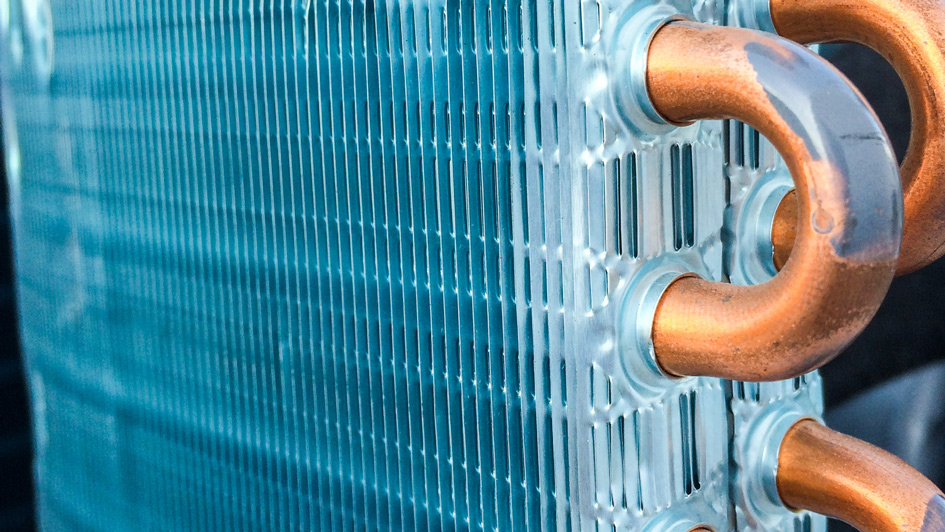
A furnace is usually a background player for your home, helping keep you warm in the cold winter months. It frequently won't be noticed until something goes wrong.
One root cause could be that your furnace has a cracked heat exchanger. It can be a safety risk, so it’s worthwhile to know the signs of a cracked heat exchanger and what you can do if you suspect that is the problem.
What Is a Heat Exchanger in a Furnace?
A heat exchanger helps move heat from the combustion chamber in your furnace to the air that flows inside the system. It typically accomplishes this through coils or tubes that warm the air while functioning as a barrier to keep gas created in the combustion chamber, called flue gasses, from getting out into your home.
Is a Cracked Heat Exchanger Dangerous?
Given its central role, it isn't surprising that a broken heat exchanger can pose a risk. A damaged heat exchanger can enable dangerous gasses – including carbon monoxide, which can be lethal – to be distributed through your home.
For this reason, do NOT run your furnace if you believe it has a cracked heat exchanger, as this could make the whole family sick. Call an HVAC professional as soon as possible if you are worried your furnace has a cracked heat exchanger that should be repaired.
Four Warning Signs of a Cracked Heat Exchanger:
- Furnace switches off: A cracked heat exchanger can cause your furnace to shut off.
- Unusual Smells: If the air coming out of your furnace has a powerful chemical smell, it could be evidence gasses are seeping through cracks in your heat exchanger. These gasses, which will often smell like formaldehyde, are a common warning sign.
- Carbon monoxide alarm initiates or you recognize symptoms of poisoning: If a cracked heat exchanger is releasing carbon monoxide in your home, your carbon monoxide alarm could go off or household members might experience signs of carbon monoxide poisoning. Symptoms include headaches, dizziness, weakness, nausea, vomiting or feeling drowsy. If an alarm goes off or you feel unwell, exit the home as soon as you can and then call for help.
- Soot: If you spot black sooty buildup around the exterior of your furnace, it’s another sign something could be seriously wrong.
What to Do if the Furnace Heat Exchanger is Cracked
If you suspect your furnace has a cracked heat exchanger, call a pro experienced in furnace installation West Jefferson as soon as possible so they can examine your system and, if needed, handle a furnace heat exchanger replacement. Costs often vary depending on the situation, but estimates often hover around $1,000 to $3,000.
Fortunately, the good news is that heat exchangers are generally covered by the warranty. You’ll want to review the warranty paperwork on your furnace, since while the warranty won't always cover the entire cost of repairs, it still may significantly reduce your bill.
How to Avoid a Cracked Heat Exchanger in Your Home
One of the most convenient ways to minimize the risk of problems in your furnace overall is via consistent furnace maintenance. Furnaces offer the most benefits when they run efficiently. Calling a trained professional to examine your furnace for old parts, clogged filters and other potential problems can keep you from getting a big bill later on.
It’s also helpful to take a look at your furnace filters every few months – it’s recommended some filters be swapped out every 90 days or sooner if they are dirty or grimy. While the filters are not part of the heat exchanger itself, the strain of drawing air through a clogged filter makes your entire furnace work harder to complete its job. And the harder your furnace has to work, the more strain parts like the heat exchanger will sustain.
